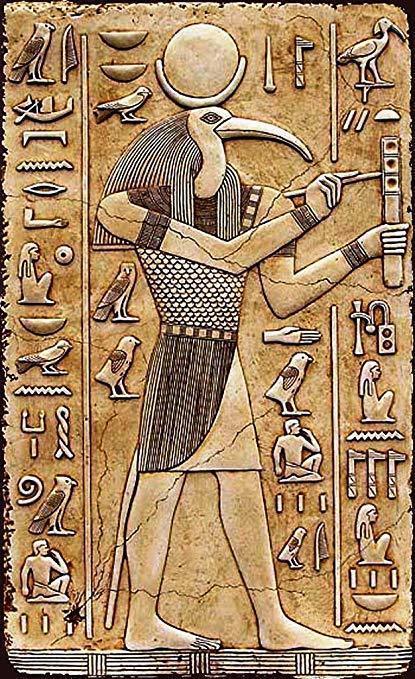In the world of spiritual and esoteric knowledge, different people belong to different schools and traditions. Each mystical tradition has roots in the heritage of highly developed ancient civilizations. These mystical, esoteric, or magical, traditions each took shape after the destruction of a higher civilization and the consequent descent of the Earth’s population into lower-vibrational states.
Those who have reached full consciousness — something that is the ultimate goal of every true esoteric tradition, realized through remembering and integrating the experience of previous incarnations — were restoring the achievements of their civilizations in the field of evolution of consciousness and were translating accumulated knowledge into technology, art, and spiritual practice. They were the magicians and the keepers of ancient traditions.
The tradition of sephirotic magic, commonly known in English as Hermetic Qabalah, is based on the study of planetary consciousness and the belief that human consciousness can connect to the flow of energy within the planet Earth.
The work with planetary consciousness was part of technological achievement of the Atlantean civilization, and has reached our times in the form of esoteric (that is, secret) knowledge transmitted through sages who had reached full consciousness. In part, the description of the planetary consciousness can be found in Hebrew Qabalah, in the parts pertaining to the Tree of Life.

Hermetic Qabalah as a modern esoteric tradition is believed to have originated from Egypt and Hermes Trismegistos, who in Egypt was worshiped as Thoth, the god of wisdom. Early Christian and Islamic traditions refer to Hermes Trismegistos as the builder of the pyramids in Giza.
According to Hermetic beliefs, Thoth was the king of Atlantis, who reached extraordinary power and wisdom. After the fall of Atlantis, he set off for the lands of Egypt with a group of other learned men. They spent a long time in the land, sharing their wisdom and knowledge and helping the nation become great and powerful.
Gradually, Thoth became accepted by the Egyptians as a divinity, the founder of alchemy, the patron of libraries and the record-keeper of the underworld. In Egyptian art, Thoth is typically depicted with the head of an Ibis and a moon-shaped sickle above it.

When the ancient Egyptian knowledge reached Greece, images of the Greek god Hermes (the one who taught knowledge to humans), and Thoth, began to merge into the collective image of Hermes Trismegistos (from the Greek Hermes, Three Times Great). He became the Greek demi-god of wisdom and literacy.
Hermes/ Thoth also found his way into the Arab culture and is associated with the prophet Idris.
He is considered to have written a large number of texts, 42 in total, including the legendary Book of Thoth, and the Emerald Tablets, considered to contain the secrets of the universe, most of which were destroyed in the fire of the library in Alexandria in 48 BC.
The knowledge in the Book of Thoth is believed to be hidden, yet not lost, and revealed to the initiated only when they are ready. The traditional Tarot (such as Marseilles or Rider-Waite) are believed to contain the Book of Thoth in a coded form.
